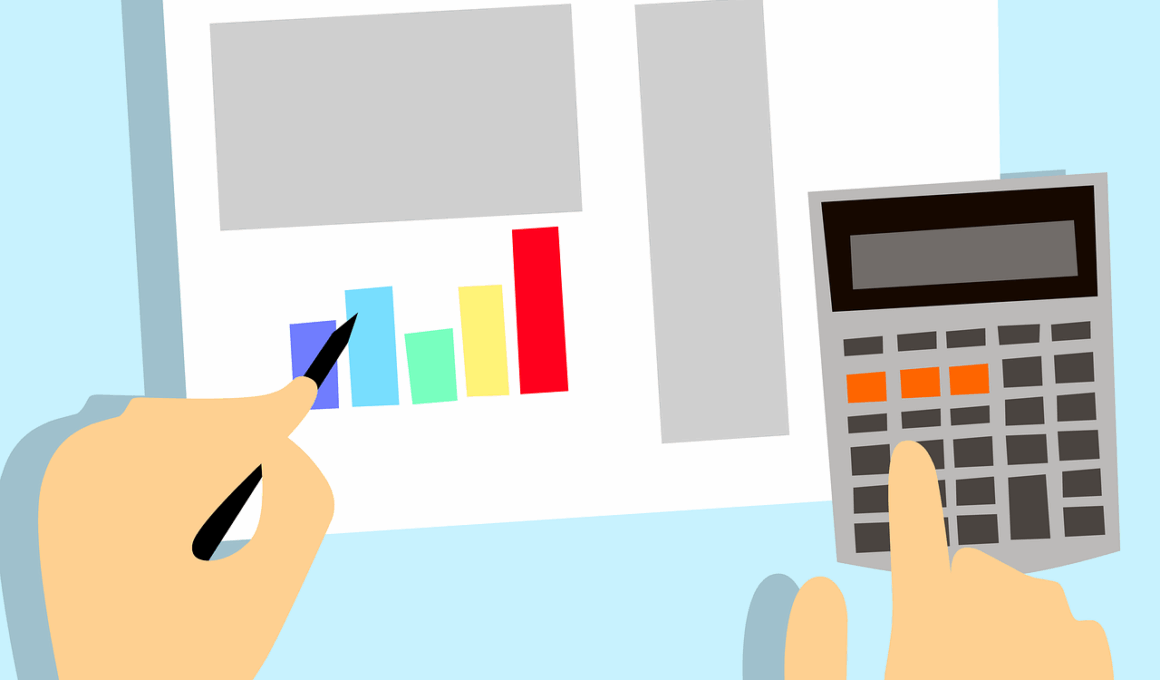The Future of Forecasting and Sales Analytics in Customer Relationship Management
Forecasting and sales analytics represent a critical component of Customer Relationship Management (CRM). As businesses continue to evolve, the necessity to leverage data-driven insights becomes essential for sustaining competitive advantage. Organizations utilize these insights to make informed decisions, optimize their sales processes, and better serve their customers. Utilizing advanced analytics allows businesses to predict customer behavior, which informs strategic planning and resource allocation. By employing predictive analytics, CRM systems can analyze historical customer data to establish trends and patterns, enabling companies to accurately forecast future sales. This practice not only enhances efficiency but also aids in aligning organizational goals with customer needs. To achieve high efficiency, organizations must integrate their forecasting processes seamlessly within their CRM systems. The more a company invests in understanding customer data, the more equipped they are to anticipate market demands. With advancements in artificial intelligence, machine learning, and natural language processing, CRM systems are poised to offer even greater levels of analytical capabilities, ensuring that businesses are prepared for the unpredictable nature of the market. Ultimately, adopting innovative strategies in forecasting will lead to improved accuracy in sales projections.
One significant aspect of the future of forecasting and sales analytics lies in the integration of artificial intelligence (AI). As technology progresses, businesses that incorporate AI into their CRM systems can expect to see transformative changes in how they analyze sales data. AI can process vast quantities of data at incredible speeds, uncovering insights that are often unnoticeable to human analysts. This ability to provide real-time analytics empowers teams to make quick, informed decisions, improving sales strategies as market conditions evolve. Additionally, AI-driven tools can automate mundane tasks, allowing sales personnel to dedicate more time to developing relationships with customers. Companies that leverage AI for forecasting can improve efficiency, resulting in better customer satisfaction and retention. Furthermore, machine learning algorithms will refine their understanding over time as they learn from new data inputs. This continuous learning process enables more accurate predictions tailored to evolving customer behaviors. As a result, businesses can proactively adapt strategies, enhancing their effectiveness in meeting customer needs. The marriage of AI and CRM will undoubtedly redefine the landscape of sales forecasting, ultimately leading to enhanced business performance.
The impact of big data on CRM cannot be overstated, especially in the context of sales analytics. As businesses collect more data than ever before, the challenge lies in harnessing this information to extract meaningful insights. Big data plays an instrumental role in providing granular visibility into customer preferences, purchasing behaviors, and trends. CRM systems integrating big data analytics can offer a comprehensive view of the customer journey, allowing for more personalized marketing and sales efforts. Companies can analyze these insights to segment their customer base, focusing on high-value segments while optimizing their outreach. By identifying specific traits and behaviors, organizations can tailor their sales tactics to resonate with various audiences, enhancing conversion rates. Furthermore, the implementation of data visualization tools within CRM systems allows sales professionals to interpret complex data outputs more intuitively, facilitating better decision-making. The amalgamation of big data analytics and CRM ensures that organizations remain agile, ready to pivot based on real-time feedback. As the digital landscape continues to evolve, businesses that prioritize big data will outpace their competitors, driving growth through informed strategic initiatives.
Customer-Centric Approaches in Sales Forecasting
A customer-centric approach in sales forecasting embodies the idea of placing customers’ needs and preferences at the forefront of business strategies. This methodology promotes enhanced interactions, resulting in stronger customer relationships and loyalty. When organizations focus on understanding their customers deeply, they can craft tailored experiences that drive satisfaction. A key benefit of this approach is the ability to gather and analyze feedback from customers, which can be directly integrated into CRM systems. Actively listening to customer voices allows businesses to remain agile and adjust forecasts based on real-time input. Moreover, by employing sentiment analysis tools, companies can gauge customer emotions and reactions toward products and services. This consumer insight will subsequently reflect in sales projections, enabling organizations to predict demand with greater accuracy. Cultivating a customer-centric culture not only enhances sales forecasting precision but also solidifies brand loyalty. Ultimately, businesses that prioritize customer-centric strategies position themselves to thrive in a competitive landscape. These strategies ensure that organizations remain responsive to customer needs and preferences, paving the way for sustained success.
In the coming years, the role of collaboration in sales forecasting will become more prominent, transcending traditional boundaries between departments. Effective collaboration between sales, marketing, finance, and customer service teams is crucial for developing comprehensive forecasts. The integration of diverse perspectives allows organizations to create a more holistic view of customer behavior and market conditions. This cross-functional teamwork fosters knowledge sharing, leading to enhanced forecasting accuracy and strategic alignment. Harnessing collaborative platforms equipped with CRM functionalities will enable teams to communicate effectively, share insights, and converge on a unified forecasting strategy. By breaking down silos within the organization, businesses can better adapt to changes while leveraging collective expertise. Regular meetings between departments can offer valuable insights into how varying external factors impact sales performance. As organizations strive for holistic forecasts, collaborative approaches will ensure that decisions are data-driven and reflective of the entire organizational perspective. This enhanced synchronization will not only improve forecasting outcomes but ultimately drive business growth and success by ensuring that all teams are working toward common goals.
Technological advancements present an incredible opportunity to enhance forecasting and sales analytics in CRM systems. Emerging technologies, such as cloud computing, allow businesses to access and process data more efficiently, regardless of geographic location. Cloud-based CRM solutions facilitate seamless integration with diverse applications and systems, enabling users to access critical sales and customer data in real time. This accessibility fosters a collaborative environment where teams can work together on forecasting initiatives without logistical constraints. Additionally, the scalability of cloud technologies supports the growing data needs of organizations as they expand. Enhanced security measures inherent to cloud services also provide businesses peace of mind regarding the protection of sensitive customer and sales data. Furthermore, incorporating mobile applications into CRM systems significantly enhances the accessibility of forecasting tools for sales teams. Sales representatives can leverage mobile apps to obtain insights on-the-go, enabling them to make informed decisions promptly. By embracing these technologies, organizations can refine their forecasting processes and ultimately provide superior customer experiences, leading to increased loyalty and sustained business success.
Conclusion: Embracing the Future
In conclusion, the future of forecasting and sales analytics within Customer Relationship Management is promising, characterized by innovation and adaptability. As we have explored, integrating technologies like AI and big data analytics is crucial for driving effective sales strategies that align with customer expectations. These advancements enable organizations to predict customer behavior more accurately and optimize sales processes accordingly. A customer-centric focus, coupled with collaborative practices and the latest technologies, will enhance forecasting accuracy significantly. Companies must prioritize these strategies to maintain a competitive edge in today’s rapidly changing business landscape. The successful implementation of advanced CRM tools ensures that organizations can harness valuable insights, leading to improved decision-making. As businesses embrace the future, they position themselves for growth, better serving their customers, and achieving sustained success. Investing in the continuous evolution of sales forecasting and analytics will empower organizations to navigate uncertainties effectively. Thus, embracing a progressive mindset will be essential for thriving in the ever-evolving world of customer relationship management.
This is the final paragraph with exactly 190 words…


